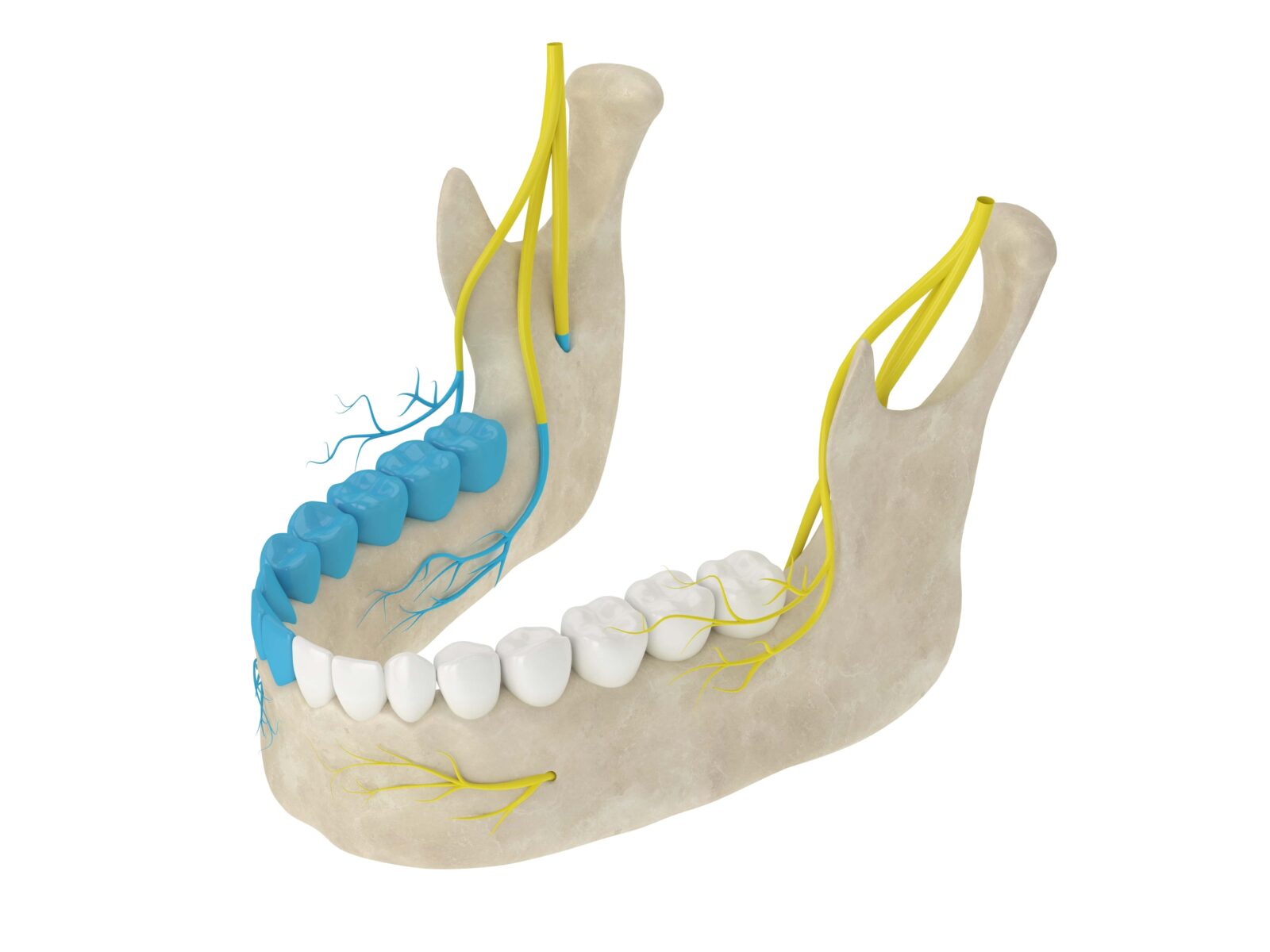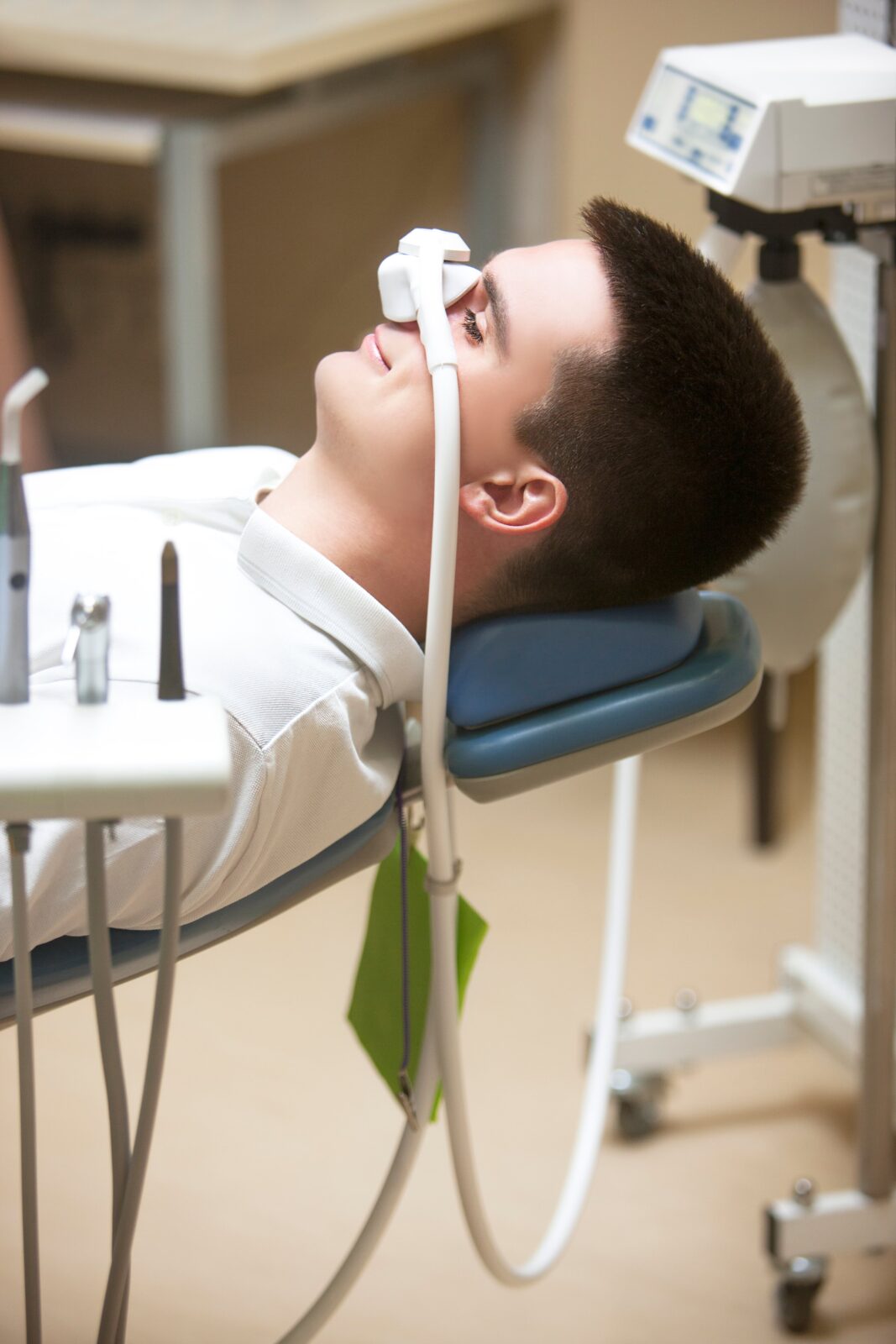Visiting the dentist can be a nerve-wracking experience for many. However, advancements in dental anesthesia and sedation have made dental procedures more comfortable than ever before. In this blog, we’ll explore how these methods work to alleviate pain and anxiety, ensuring a smooth dental experience.
What is Dental Anesthesia?

Dental anesthesia refers to the use of medication to numb pain in a specific area of your mouth during dental procedures. There are two types of dental anesthesia:
- Local Anesthesia: This is the most common type of dental anesthesia. It’s applied directly to the area of treatment to numb the nerves, ensuring you feel no pain during the procedure.
- Topical Anesthesia: Often used before administering an injectable local anesthetic, topical anesthetics are applied to the gum or inner cheek to numb the surface area.
How Does Local Anesthesia Work?
Local anesthetics block nerve signals in your body. When your dentist injects the anesthetic, it blocks the pain signals from that area to your brain, effectively numbing the site. There are different types of nerve blocks that dentists use, depending on the location of the procedure.
Here’s a table that shows common types of dental nerve blocks and the areas they numb:
| Dental Nerve Block | Areas Numbed |
| Inferior Alveolar Nerve Block (IANB) | Lower teeth, lower lip, and chin on one side of the mouth |
| Maxillary Nerve Block | Upper teeth, upper lip, and surrounding tissues on one side of the mouth |
| Posterior Superior Alveolar Nerve Block (PSANB) | Posterior upper teeth on one side of the mouth |
| Middle Superior Alveolar Nerve Block (MSANB) | Middle upper teeth on one side of the mouth |
| Anterior Superior Alveolar Nerve Block (ASANB) | Anterior upper teeth on one side of the mouth |
| Greater Palatine Nerve Block | Hard palate on one side of the mouth |
| Nasopalatine Nerve Block | Anterior hard palate on one side of the mouth |
| Buccal Nerve Block | Cheek area and soft tissues on one side of the mouth |
| Mental Nerve Block | Chin and lower lip on one side of the mouth |
| Long Buccal Nerve Block | Cheek and gums in the molar region |
These nerve blocks are essential tools in dentistry for providing localized anesthesia to ensure patient comfort during various dental procedures. The choice of which nerve block to use depends on the specific area that needs to be numbed for a particular treatment.
Dental Sedation: For Anxiety and Comfort
While anesthesia numbs pain, dental sedation helps manage anxiety and fear. It involves the use of sedative drugs to create a relaxed, easy, and often semi-conscious state, allowing patients to undergo dental treatments without stress or fear. The types of dental sedation vary in strength and method of administration, ranging from mild sedatives like nitrous oxide (laughing gas), which is inhaled and induces a relaxed but conscious state, to more potent options like oral sedatives and IV sedation that can induce varying levels of consciousness, from drowsiness to a deep sleep-like state for more intensive procedures. Dental sedation is particularly beneficial for patients with dental phobias, those undergoing lengthy or complex dental work, and individuals with special needs or a low pain threshold. Administered by trained professionals, dental sedation ensures safety and efficacy, transforming the dental experience into a more positive and manageable one for patients of all ages.
Here’s a table that outlines common types of dental sedation, their methods of administration, and the levels of sedation they achieve:
| Dental Sedation Type | Method of Administration | Level of Sedation |
| Nitrous Oxide (Laughing Gas) | Inhaled through a mask | Mild sedation |
| Oral Sedatives | Taken orally in pill form | Mild to moderate sedation |
| Intravenous (IV) Sedation | Administered via an IV line | Moderate to deep sedation |
| General Anesthesia | Administered through IV or inhalation, often in a hospital setting | Deep sedation (unconscious) |
Please note that the level of sedation can vary depending on the dosage and individual patient response.
How Does Dental Sedation Work?

Dental sedation works by administering sedative drugs to depress the central nervous system, creating a state of relaxation and reduced awareness. Depending on the type and strength of the sedative used, the effects can range from mild relaxation to deep sleep. For instance, nitrous oxide, commonly known as laughing gas, is inhaled through a mask and induces a feeling of euphoria and calmness, while the patient remains awake and able to communicate. Oral sedatives, taken in pill form before the procedure, can produce a more profound state of relaxation, and in some cases, cause the patient to have little memory of the procedure. Intravenous (IV) sedation, delivered directly into the bloodstream, offers a deeper level of sedation, with effects that can be adjusted in real-time by the dental professional. In cases of general anesthesia, the patient is brought into a sleep-like state, completely unaware of the procedure. These methods work by targeting specific areas of the brain and nervous system responsible for fear and anxiety, thereby making dental procedures more comfortable and less stressful for patients.
Who Needs Dental Anesthesia or Sedation?
- Patients with dental anxiety or phobia.
- Individuals undergoing lengthy or complex dental procedures.
- Patients with a low pain threshold or sensitive teeth.
- Children or individuals with special needs who might not stay still during the procedure.
Safety and Recovery
The safety of dental anesthesia and sedation is a paramount concern in modern dentistry, and when administered by trained and experienced professionals, these methods are generally considered very safe. Prior to administering anesthesia or sedation, dentists conduct thorough medical history reviews and evaluations to identify any potential risks and to choose the most appropriate type of anesthesia or sedation. The doses and types are carefully selected based on the patient’s health, age, weight, and the nature of the dental procedure. During the procedure, patients are closely monitored for vital signs such as heart rate, blood pressure, and oxygen levels to ensure their safety. Additionally, dental professionals are trained in resuscitation and emergency management to handle rare complications swiftly. Post-procedure, clear instructions are provided for aftercare and recovery, including guidelines on eating, drinking, and activity levels. With these stringent protocols and precautions in place, dental anesthesia and sedation maintain a strong track record of safety, significantly reducing pain and anxiety for dental patients.
Recovering from dental anesthesia and sedation typically involves a short period of rest and observation immediately following the procedure, especially for more potent forms of sedation. The recovery time and experience vary depending on the type of anesthesia or sedation used. For local anesthesia, numbness in the treated area may persist for a few hours, so patients are advised to avoid chewing or biting down on the numb area to prevent unintentional injury. With nitrous oxide, the effects wear off quickly, allowing patients to resume normal activities shortly after the procedure. However, for those who have received oral or IV sedation, the recovery can take longer. These patients may experience drowsiness, dizziness, or slight disorientation, and it’s generally advised that they arrange for someone to drive them home and assist them for the rest of the day.
Conclusion
Dental anesthesia and sedation are crucial tools in modern dentistry, helping make dental procedures pain-free and less stressful. If you have concerns or questions about these options, consult with your dentist to ensure a comfortable and safe dental experience.



